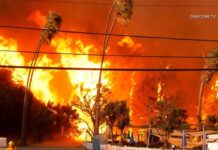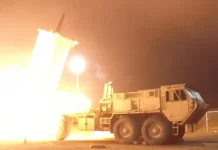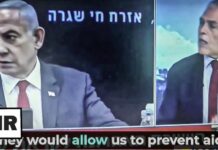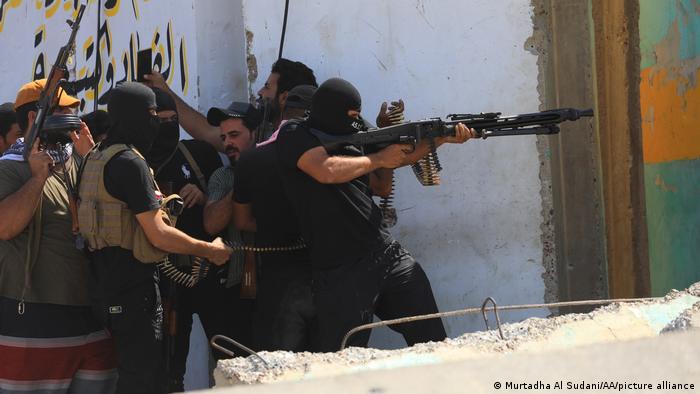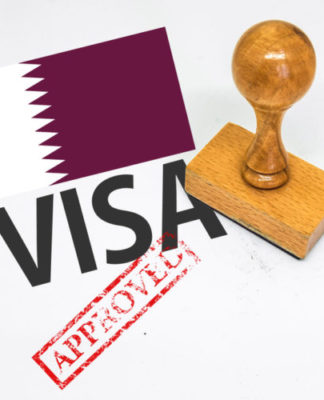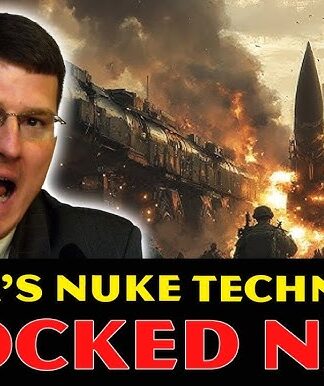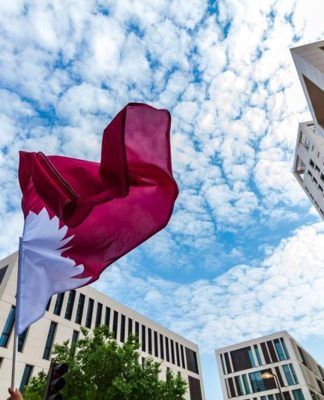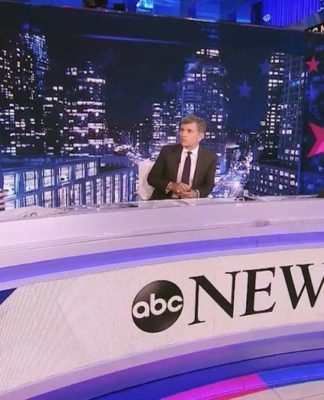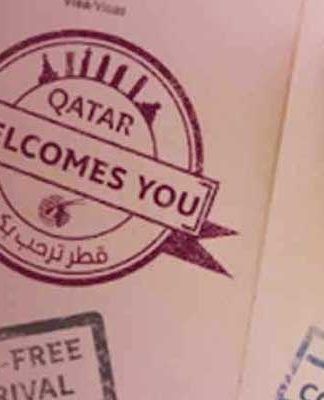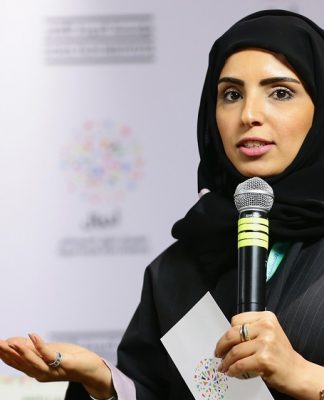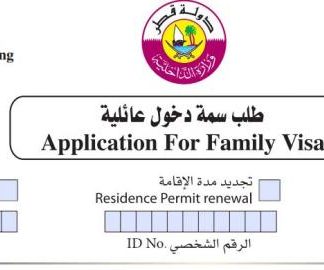Iraq’s political crisis: Where to now, after latest violence?
For weeks, Iraqis have asked whether political tensions meant they were headed for civil war or a snap election. Last night, Baghdad saw its worst violence in years. Who is to blame, and where is the country headed now?
Supporters of Iraqi cleric Muqtada al-Sadr clash with security forces with heavy weapons at Green Zone after Sadr supporters stormed the Presidential Palace in Baghdad.
All through Monday night, Baghdad residents reporting hearing gunfire and rockets in the city
Iraq’s capital, Baghdad, is calm again after a night filled with the sound of rockets and gunfire.
Overnight on Monday, one of the traditionally most secure parts of Baghdad was the scene of fighting between local militias and state security forces.
The Green Zone, also known as the international zone and home to parliament buildings, ministers’ compounds and heavily guarded foreign embassies, was invaded by supporters of the influential Iraqi cleric, Muqtada al-Sadr.
Apparently frustrated after months of political gridlock and a failure to form a new government, al-Sadr, a phlegmatic figure, gave a speech in which he said he was quitting politics altogether. Although this is not the first time that al-Sadr has resigned from public life like this, in his speech he also expressed concerns that he might be assassinated.
As a consequence of his speech, his followers, who were already protesting the state of Iraqi politics, breached security in the Green Zone and broke into government buildings.
Iraqi cleric Muqtada al-Sadr
Iraqi cleric Muqtada al-Sadr’s original supporter base is in the low-income Baghdad suburb of Sadr City
This isn’t the first time al-Sadr’s supporters — known as members of Sadrist movement — have done this either. After similar protests in late July, the young men took selfies of themselves splashing around in ministers’ swimming pools, or posing in presidential seats.
However, this time members of the Sadrists’ armed wing, known as Saraya al-Salam or “the peace brigades,” were also involved, and they clashed with forces guarding the Green Zone. At least 30 deaths and hundreds of wounded have been reported.
Later, on Tuesday afternoon, al-Sadr gave another speech condemning the violence and asking his supporters to withdraw from the restricted zone within an hour. Videos posted online showed the men doing as he asked.
A short time after, a military curfew had been lifted and Baghdad appeared to return to relative normality.
How did it come to this?
Monday’s violence was the culmination of weeks of political tension.
Iraq last held elections in October 2021 but still doesn’t have a government. There was a record low voter turnout of around 44%, because most Iraqis have simply lost faith that their democratic system will ever change their lives for the better.
The Sadrists’ political wing emerged victorious, with 73 out of 329 seats in Iraq’s parliament. But because this was not an outright majority, a coalition government had to be formed.
Supporters of Shiite cleric Muqtada al-Sadr wave a national flag from the roof of the Government Palace during a demonstration in Baghdad.
Demonstrators managed to get into one of Baghdad’s most tightly guarded areas
Usually in Iraqi politics, senior positions and ministries are parceled out to the three largest demographic groups in the country. That is, the two main religious groups, Shiite Muslims and Sunni Muslims, as well as the Kurdish ethnic group.
In the past, these different populations have generally been united amongst themselves. For example, Shiite politicians have supported other Shiite politicians when it comes to sharing electoral power.
However, over the past few years, serious divisions have been growing. In this case, the Shiites who support al-Sadr are opposed to Shiites belonging to what is known as the Coordination Framework, an alliance of parties considered close to Iran.
Al-Sadr considers the Coordination Framework his rival, and since last October’s electionsthese two groups have been wrangling over the formation of a new government. A caretaker government remains in charge.
Both the Sadrists and the Coordination Framework also command large, armed militias. As tempers have frayed, the threat of potential violence has risen.
Fighters from the Saraya Salam (Peace Brigades) loyal to influential Shiite Iraqi cleric Muqtada al-Sadr deploy in Baghdad, Iraq.
The Sadrist militia, previously known as the Mahdi army, once fought US soldiers
Who is responsible?
The rivalry has come about partially because al-Sadr is opposed to any foreign interference in Iraqi affairs, whether from the US or Iran.
The Coordination Framework mostly represents militias formed in 2014 by local volunteers to fight against the extremist group known as the Islamic State inside Iraq. These militias receive financial, military and even theological support from Iran; and many members now express allegiance to Iran over Iraq.
It is also a question of legitimacy for al-Sadr, Sajad Jiyad, an analyst with the Century Foundation who is based in Baghdad, told the BBC.
“He [al-Sadr] believes the other Shia politicians have benefitted from the 2003 regime change [when the US removed Saddam Hussein from power], came to power with the backing of the Americans, then subsequently the Iranians, and therefore are not as deserving as he is of political power … That’s really at the heart of the matter.”
Supporters of Iraqi Shi’ite cleric Moqtada al-Sadr protest against corruption inside the parliament building in Baghdad.
Al-Sadr’s supporters have been demonstrating throughout the summer
In June, faced with ongoing political gridlock, all the Sadrist-allied politicians resigned from Iraq’s Parliament, at al-Sadr’s request.
Then, in July and August, al-Sadr called upon his followers to protest the situation peacefully. This not only resulted in tens of thousands of Iraqis praying on the streets in stifling summer heat, it also led to the first breach of the Green Zone. Back then, al-Sadr’s followers, mostly young men, took selfies of themselves in ministers’ swimming pools and posed in presidential seats.
This time though, the situation escalated and became violent.
Was it the start of civil war?
New agencies reported that it was unclear exactly who was fighting whom. However, in Baghdad, most of the gunfire and rocket attacks appeared to take place in the Green Zone, where government security forces battled members of the Sadrist militia.
Outside of Baghdad, Sadrists set up protest camps in front of government and council buildings. There were smaller skirmishes between the Iraqi military and armed Sadrists elsewhere too.
Al-Sadr supporters also set the offices of Iran-allied militias and political parties on fire. They pulled down posters with pro-Iranian messages and even tried to arrest members of the Iran-allied militias.
On the whole, the intra-Shiite fighting that many had feared did not come to pass. Although media organizations like Reuters have said it is difficult to verify, it appeared that Iran-allied Shiite militias mostly held their fire.
What happens next?
Before yesterday’s violence in Baghdad, Iraq analysts had been asking whether the country was heading for civil war or a snap election.
In early August, al-Sadr demanded the country’s highest court dissolve the current parliament and that new elections be held. The court said it didn’t have the authority to make that decision, and its demurral was one of the reasons for earlier protests by the Sadrists.
A new vote may still happen, said Hamzeh Hadad, a Baghdad-based analyst and visiting fellow with the European Council on Foreign Relations.
A supporter of Iraqi cleric Moqtada al-Sadr removes a food stand as the protesters withdraw from outside the parliament building inside Baghdad.
By late Tuesday, Sadrists had started cleaning up the site of fighting and protest in Baghdad
“An election would be the first step to easing the tension and getting everybody back at the table,” he told DW.
But a new election could also be damaging, he added. Voter turnout may drop again, trust in democracy could dwindle even further, and gains made by independent candidates, who are providing Iraq’s first ever genuine oppositioncould be wiped out, he said.
If an election does happen, Hadad believes it will be important that there be more accountability and transparency.
“We’ve just gone to the brink of civil war and I wonder if, when things settle down and everybody takes a deep breath, if anyone will be held accountable?,” he noted.
“That lack of accountability weakens the state, weakens trust and increases the potential of all this happening again just because one party or another doesn’t like a certain bill.”
Iraqi political analyst Abu Firas al-Hamadani agrees. “We need a serious pause to review the constitution and our political system,” he told DW, adding that he hoped recent events might actually inspire more Iraqis to vote. “This requires major reforms and deep dialogue. We need some new faces. Enough of these crises.”
Date 30.08.2022
Author Cathrin Schaer, Abbas al-Khashali
Related Subjects Iraq
Keywords Iraq, Muqtada al-Sadr, PMU, elections
Feedback: Send us your feedback.
Print Print this page
Permalink https://p.dw.com/p/4GEZM
RELATED CONTENT





